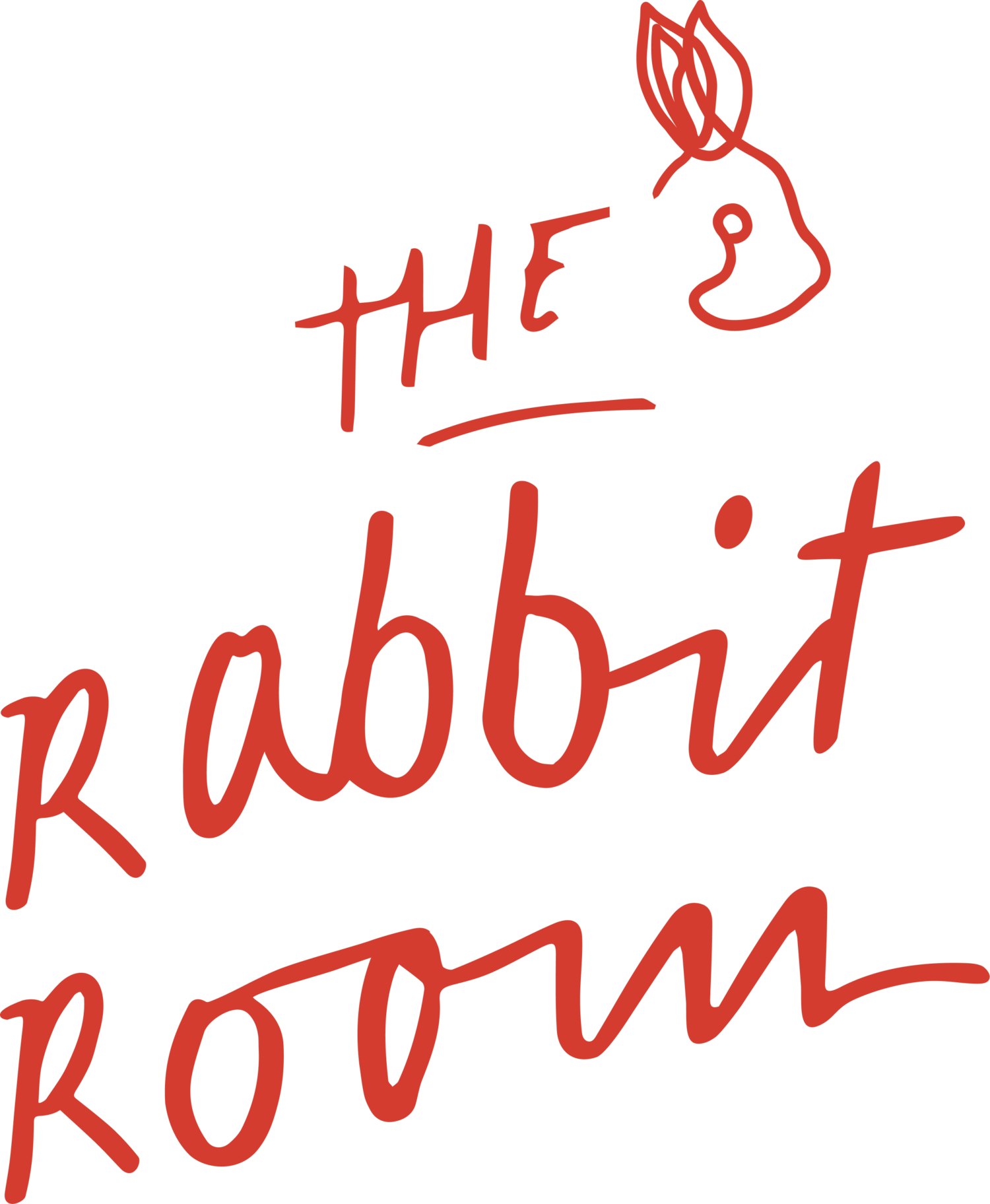Richard Wotton
RICHARD WOTTON - THE TATTOO PORTRAITS
This series of portraits of tattooed people had its genesis in a series of black and white architectural interior images photographed in the mid-1980s. One of the main subject groups from that period was tattoo studios.
In 2009, after a 20-year break from my personal photography, I began photographing architecture again but this series was focussed on building exteriors. After nearly five years I once more put my camera aside but within a few months my trigger finger became itchy and I began to cast about for new subject matter. Inspiration didn't exactly jump up and shout "Here I am!" so I started to think again about something that was somewhat familiar: tattoo studio interiors.
It took a very short time to realise that the satisfaction I derived from this subject matter 25 years ago was no longer there. Somehow - subconsciously, I think - I made the leap between photographing the places where the ink is applied to the places where it ends up.
My first subjects were two tattoo artists from a Wanganui studio, and my portrait of one of them, Tracey Bardell, remains my favourite image of the series. Quite a number of subsequent sitters were either tattooists or their customers, who I got know through visits to local studios. Others were referred by friends and colleagues or found as I walked around town, always scanning passers-by for ink. Outdoor coffee drinkers at Victoria Avenue cafes were also quite a rich source of subjects. I got the occasional refusal but most of the people I approached were very keen to participate in my project.
My first portraits were made in the late 1970s and I occasionally made more up to the time I ceased photographing, in the late 1980s. Throughout this decade, my subjects were usually strangers I saw in the street, chosen because one way or another they stood out from the crowd.
When I began photographing tattooed people it wasn't with the specific intention of creating a large series; I just kept photographing until one day I realised it was growing into a major (?) sizable (?) body of work.
I've been asked a number of times why I chose to make black and white prints of such colourful subjects. Since 1975, I've made almost all of my photographs in black and white, preferring its semi-abstract - almost sculptural - nature to colour. This series is primarily about the people rather than their tattoos, but even though their tattoos are physically (visually?) and psychologically a large part of who they are, I feel that in many cases the amount of coloured ink had the potential to overwhelm the person I was trying to portray. Also, the decision to use a plain gray background and black and white printing was to remove any form of visual distraction from the surroundings and focus the viewer's attention solely on the subjects.
From the earliest portraits I've made, I've always enjoyed the interaction of subject and photographer working together towards the common goal of making good images. The results achieved in this series are due in large part to the patience of all the people who gave up their time - and in a few instances overcame nervousness - to place themselves in front of my camera.
I thank them all.










